Wilson Staff created their Triton driver in a high profile way through the Driver vs Driver reality TV show on the Golf Channel in the USA. I met with Global Director of Golf R&D Michael Vrska to ask him how that came about and how Micro Vortex Generators make a difference.
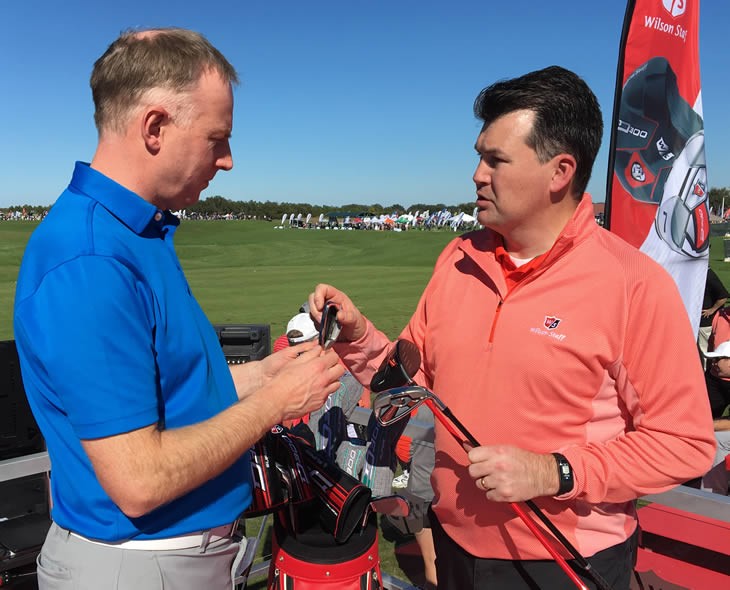
Hi Michael. What was the premise behind the Driver vs Driver competition to design the Wilson Staff Triton driver?
The whole premise of the show was really to get the consumer involved and understand what they want. Wilson Labs, me and my team, know a lot about golf and we have a lot of great ideas, but we thought why not get some other ideas. We know a lot, but we don’t know everything, so is there somebody else who might know something and who may bring those ideas to the table?
So we worked with the Golf Channel to get those outside submissions. We got golfers and we got engineers and everywhere in-between and we ended up with a winning driver by working together in that way.
How did you enjoy the process of the contestants coming into Wilson Labs to help design the club?
I loved it. The winner Eric Sillies will tell you he didn’t know a lot about some of the specific principles and sometimes he would ask us to do something and we would have to say that is not possible for these reasons and he would say that he had never thought about that.
But there were some times when it was nice to get that totally refreshing point of view to come in and challenge us and make us re-address our thinking in some areas and see if things are in fact possible. We said let’s look at that again to see if that completely new thing can be possible and it certainly was in this case.
So what do you think makes the Triton driver different from other drivers?
The two biggest differences are the Swing Active Technology, the alignment aid which a lot of people love.
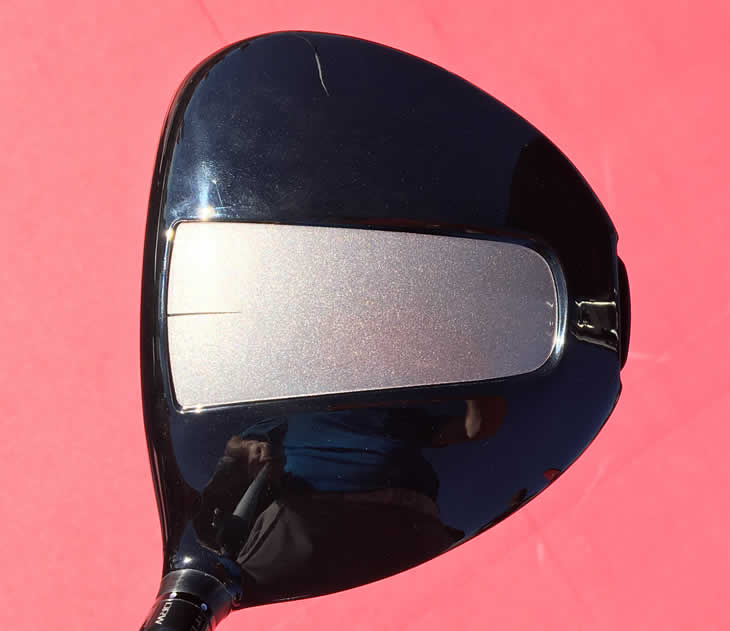
The other thing is really the level of adjustability. To be able to change the sole plates out, to move the weights around, or to using our Fast Fit hosel technology that we’ve had in our existing product like the D300 driver. We’ve taken some of our existing technology and plugged it into the driver as well.
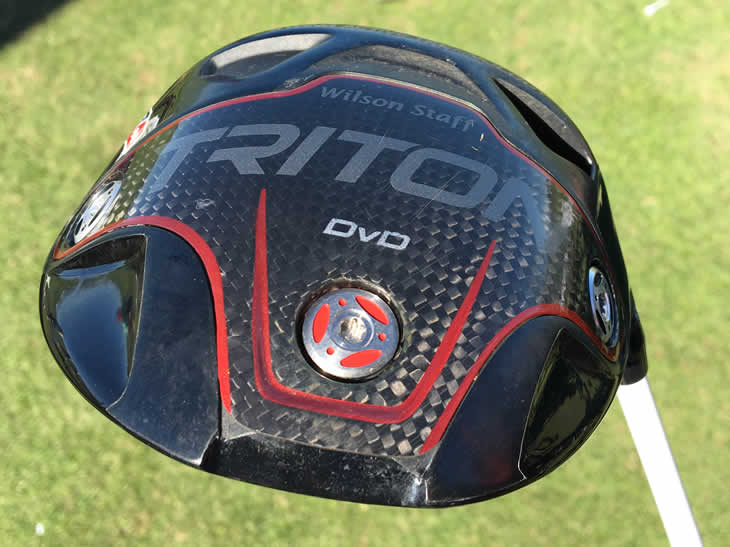
Can you explain why you went for the changeable sole plate?
With the sole plates being so large we can really change ball flight and moment of inertia to a greater degree because the weights at each end are so far away from each other.
The Triton driver design was initially ruled non-conforming by the USGA. Was that a surprise?
It was something that completely surprised us and we completely disagree with the USGA’s ruling and yet we are partners in the golf space. So while we completely disagree with it we have made the minor changes, almost trivial, except not trivial because of some of the headaches it has caused, but moving forwards, we heard them, we’ve worked through it and we’ve made the changes.
It happened, I still don’t agree with the ruling, and now everything is fine and the driver is on the conforming list and we are ready to have a great 2017.
On reflection were the problems actually a good thing in terms of marketing and showing that the Triton driver is right on the edge?
Unquestionably. It is right on the edge. It is a great driver that we are very proud of. The change we had to make was a cosmetic change and one that doesn’t affect performance at all, so we will let people decide for themselves.
We are good partners with the USGA and like them, we love this game and are passionate about this game. It is all positive moving forwards and as you say, any publicity is good and it means that people are talking about the driver, which is wonderful.

The show was aired on the Golf Channel. Have you seen any evidence of the impact that has had from outside the United States?
Yes, we are starting to see that. What it has really done is pull the curtain back on the design process showing what I do every day and what my team does every day. We showed a lot of the steps in the process, which you can watch online, that people didn’t know about.
We showed us visiting China and people have commented they didn’t realise the process was that hands on and detailed. It really brings across the passion of what we do every day across to people.
I think they’ve realised that it is not easy to design a driver, it takes a lot of expertise and it takes a lot of different abilities and tools. We’ve also had a lot of people thinking the job looks cool and wanting to be a part of it.
Can I ask you about the Wilson Staff D300 driver which we have just seen in the UK? Can you explain the benefits of the Micro Vortex Generators?
The standout feature on the crown are the Micro Vortex Generators. We were doing some research into the aerodynamics during the golf swing. We have always done that, but we really wanted to take a step back and say hey, if we are going to design this driver we really want to design a driver that is traditional looking that people want to look at, but we also want to make it really aerodynamic.
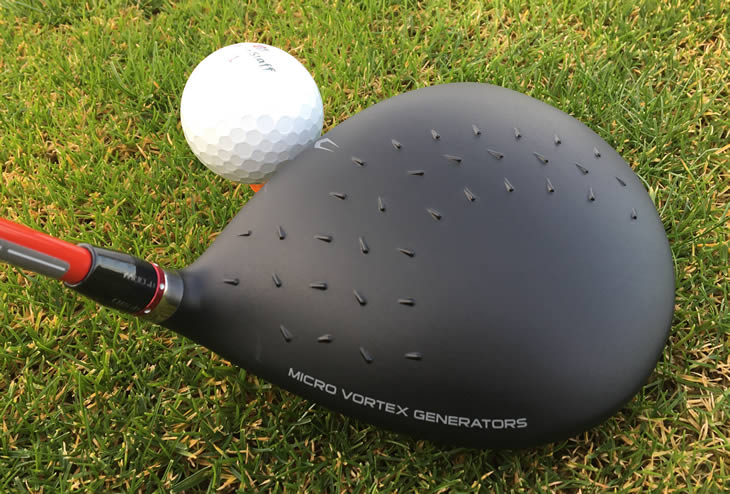
So what can we do that achieves that? I was doing some reading on some existing things, one of which was how they get lettuce from one place to another efficiently and that was more about saving gas mileage by improving aerodynamics on the trucks.
Vortex Generators have been on race cars for years, they have been on fighter jet planes wings’ for years, so we started to look at how we can take these big things and make them really small, which is where the Micro part comes in, so we can apply it to a golf club and how it factors in with the different movements in the golf swing.
We used a log of computational fluid dynamic models where we tried various thing to see if we could improve the aerodynamics and the end result is a driver that is as fast as, or faster than, any other driver on the marketplace.
We’ve seen other brands use various things on their drivers to disrupt air flow and make drivers faster. Your design seem more widespread across the crown, so why is that different from other systems we have seen?
One of the important things to understand is you have to get the air attached to the club head before you can keep it attached. We have looked at this a lot and if you look at some other drivers compared to the D300 and from the face to the crown how large the radii are and how flowing and almost organic that face structure is.
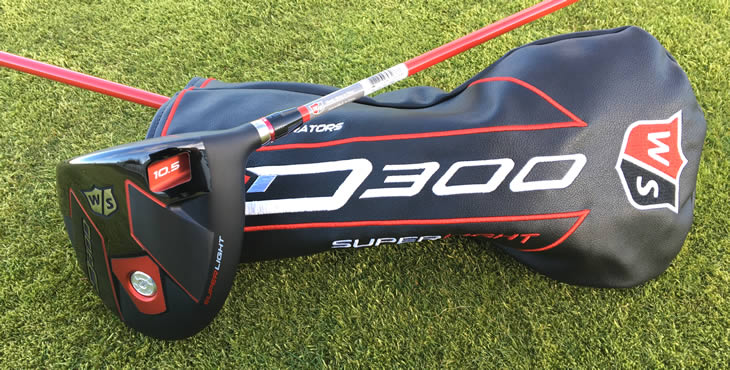
If you look at a bicycle racing helmet or a Formula One racing car you will see those flowing lines and the first 25% percent of the D300 driver head is very much like that, which helps us get the air attached in the first place. Some of our competitors, in our opinion, maybe aren’t getting the air attached which is why they have to put things so early in the club head.
With the D300 we are getting the air attached and then the point is to keep it attached longer and move it more efficiently, so that is why our Micro Vortex Generators are further back and they are orientated like they are because the face is opening and closing throughout the swing.
Again we like to think we have something unique, we know we do, we love that is it visible tangible technology that people can see and touch and ask what it does.
What is your speed gain using this technology versus the previous D200 driver?
We are looking at up to 4 mph in some cases, but repeatedly and consistently 2 to 3 mph, so with the shaping and the Micro Vortex Generators it is really a great club.
What sort of swing speed are those gains registered at?
That would be at around 100 mph. Interestingly the faster you swing the more aerodynamics help, so in theory those gains would only go up for players with a higher swing speed.
What effect does it have on the fairway and the hybrid or is it more cosmetic on those clubs?
The smaller the head the less the effect and also the slower swing speed, you don’t swing fairways and hybrids as fast as you do the driver, the less the effect, but we are still seeing up to 1mph improvement on a hybrid swing speed.
It is not the same as the driver but it still helps, every little bit helps and even 1mph means 4 to 6 yards which could be one less iron you may have to take into a green.
Thank you Michael
Interview With Driver vs Driver Winner Eric Sillies
More from Wilson